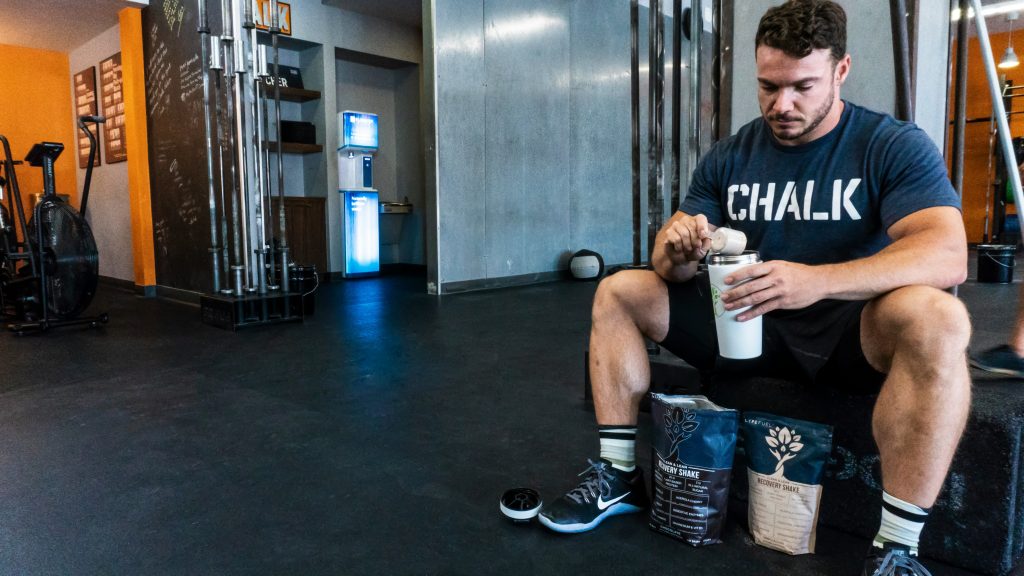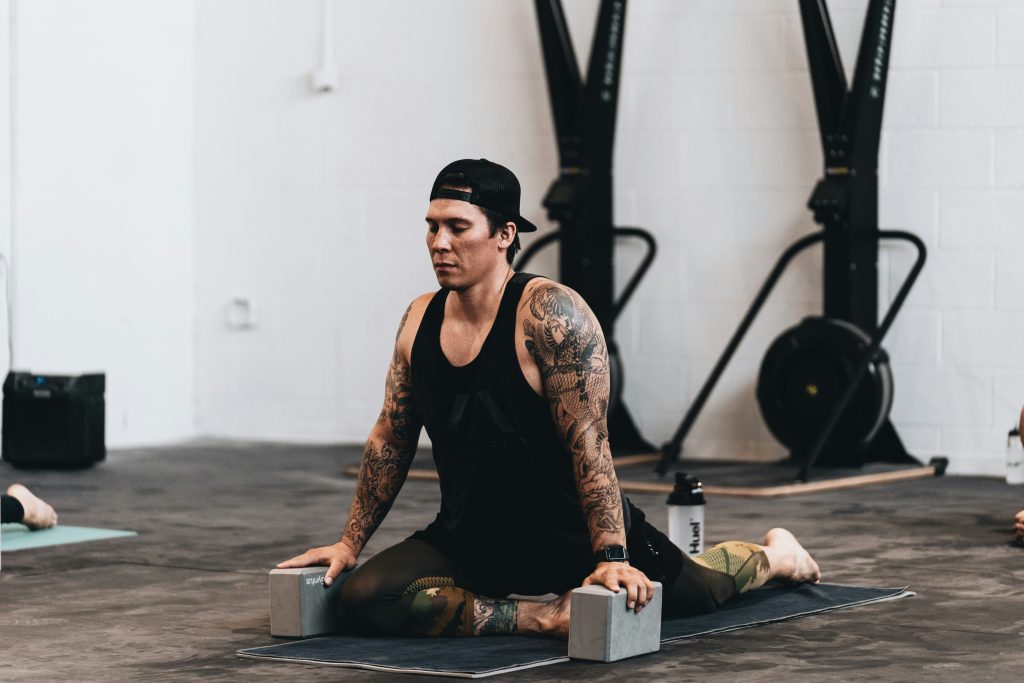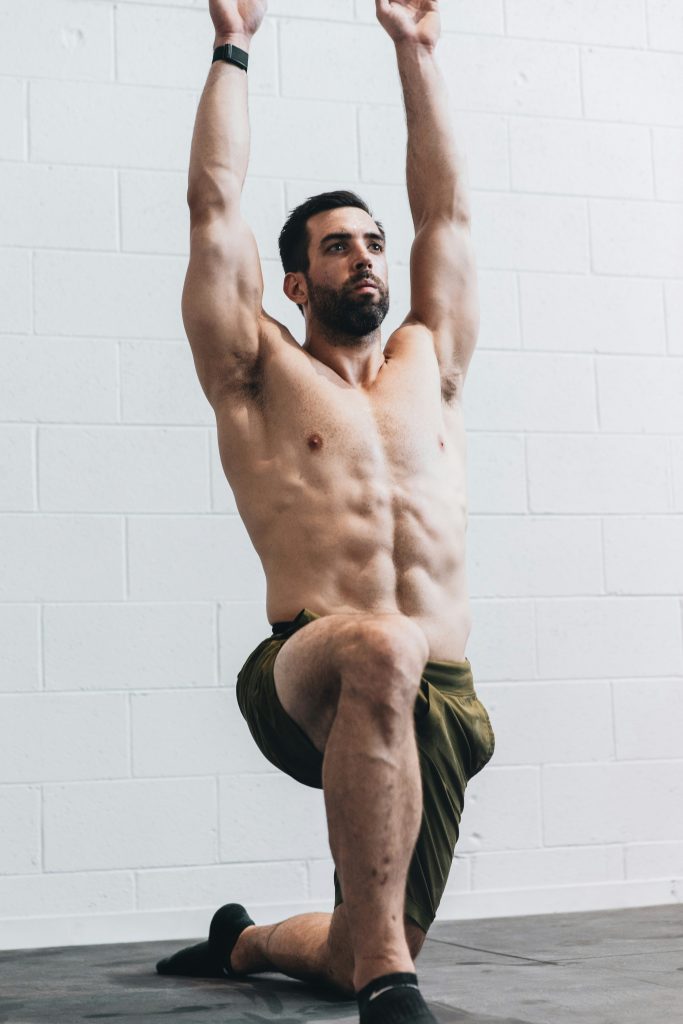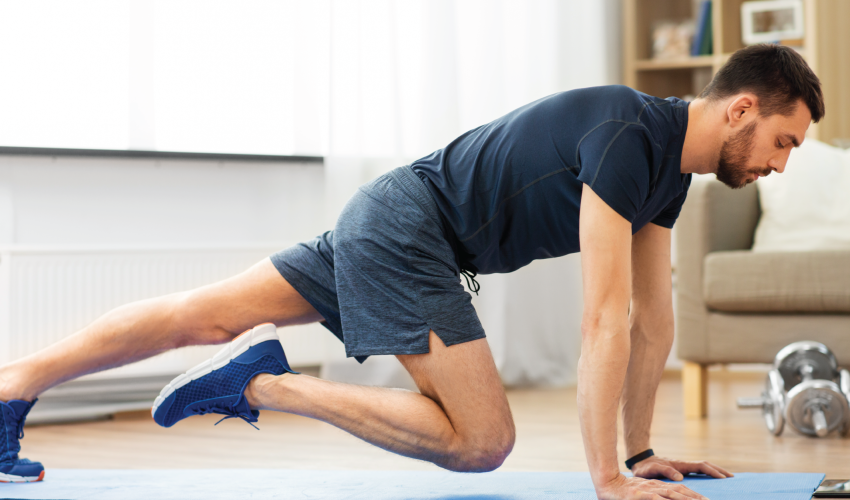The dynamics of the Indian fitness industry has changed dramatically in the last decade with varied multi-different activities, swanky spaces, and never-heard-of-before diets and nutritional plans. Are these increasing number of options overwhelming fitness enthusiasts or becoming the face of the evolving industry? We investigate
By Sukriti Shahi
When I started my journey a decade ago, I had access to a few local gyms where the footfall was male-dominated, and my routine comprises only rigorous cardio and core workouts. I was never introduced to weight training until I brought it up to my trainer. However, in the last four years, my routine has changed drastically; I now prefer taking my yoga sessions online thrice a week and choose from pilates and pole dancing for the weekend when I have the flexibility to step out and spare a couple of hours. It’s enough to realise that from its nascent beginning in the early ’90s to aughts, the Indian fitness industry has undergone a comprehensive evolution.
From local gyms to manicured fitness centres and online coaching to the boom in the number of fitness apps, the current fitness ecosystem has gone through a phenomenal change. According to a report published by Stratview Research, ‘the Indian wellness and fitness industry is set to grow in double digits’ due to several different factors like technological advancement and availability of different modes to work out. But has it become difficult for the fitness consumer to navigate through this busy space? “There is more misinformation regarding fitness but what is great though is that people are willing to learn. India has started its wellness climb,” says Avinash Mansukhani, owner of FTS Fitness, and body recomposition and transformation specialist.

The Shifting Scenario
The fitness industry’s undeniable boom is in no small part thanks to the advancement of technology, especially after the pandemic. From wearable devices, online programs to the surge in the number of fitness apps in the last five years, technology is now at the core of the fitness industry. “The integration of technology has revolutionised workout routines. People are now taking a comprehensive approach to health, monitoring not only their steps, but also stress levels, resting heart rate, heart rate variability, body temperature, and sleep patterns,” says Joel Pinto, co-founder, Knox & Nack. In addition to that, online training programs and health apps have given an ease to consumers to access fitness from the comfort of their homes. According to stats published by Statista, a global data and business intelligence platform, the fitness app market is expected to reach $267m by the end of this year.
With that, people’s approach towards fitness has also shifted from a regular workout session at a gym to holistic wellness that encompasses mental wellbeing and nutrition in addition to regular physical activity. “The emphasis is now on wellness as a whole; it includes mindfulness, yoga, breath work, and meditation and not just the physical form of exercise,” says Anshuka Parwani, celebrity wellness expert and founder of Anshuka Yoga.

The Starting Point
With the increased exposure and easy access, the fitness industry has witnessed an exponential growth in terms of different modes of workout. As a fitness enthusiast, if you keep a close tab on trends, you’d know 2024 is the year of ‘healthy hybrid’ which means incorporating a few different forms of workout in your routine to get maximum benefit and strike a balance. However, with the number of options available to fitness consumers today, choosing the right exercise which may suit one’s lifestyle and body needs is not an easy feat. The result could be counterintuitive. “I recommend experimenting with various activities, skills, or training styles. Give each a try for four to six weeks before deciding if it suits you,” says Pinto. The idea is to maintain a steady pace throughout to achieve a routine that works for a longer duration. “I’ve seen some people going full throttle for a few months and then there are those who maintain regular, albeit less intense, fitness routines throughout the year. Ultimately, the ones who are consistent see the most progress,” he adds.
While deciding on your choice of exercise, Mansukhani suggests considering three factors and picking the form of exercise that satisfies all three–identify a goal, be consistent, and measure progress. “Make sure to choose an option that helps you work towards your goal, helps you stay consistent, and is the one where you can measure your progress periodically,” he explains. And while you’re at it, make sure to pick an option that makes working out joyful rather than a daily chore. “Focus on what resonates with you, look for credible sources, ask for recommendations, and most importantly, trust your gut feeling. Whether it’s yoga, CrossFit, or Zumba, find what sparks joy in your fitness journey,” says Sarvesh Shashi, yoga coach and entrepreneur.
While your choice depends on your research and personal goals, the importance of seeking professional help to guide you through the dynamics of fitness cannot be negated. “Hiring a professional can take the guesswork out of your fitness journey and provide you with a clear, effective plan,” says Pinto. Though Parwani also supports the idea of consulting with an expert, she suggests finding someone who’s like-minded. “It’s easier to work with someone who sees and supports your goals. Also, the professional should also support holistic practices and you’re comfortable working with him,” she adds. Lastly, make sure to check credentials and certification of the training space or expert that you decide to train with, and pick up something that’s practical according to your routine and lifestyle. “It’s also important to understand that no two bodies are same and therefore, no routine should be blindly followed,” explains Parwani.

The final step in this is to analyse what’s working for you and how the chosen fitness routine makes you feel. The cue is to listen to your body and keep track of your progress and energy levels post work. “A cornerstone of health is waking up refreshed, without an alarm, and feeling energetic,” says Pinto. Once you settle in with the routine, the next steps would be to adjust difficulty levels. “Ensure exercises are challenging yet manageable and avoid overextending yourself. Strength should be your guiding principle, with progression coming naturally as exercises become easier,” he adds. Measuring the progress of your chosen workout is of utmost importance; while making a routine is the beginning of your fitness journey, it’s important to put parameters in place to understand that you’re working in the right direction. “It’s crucial to have some measurable metrics that you check every month to make sure what you’re doing is working for you. If you find yourself stagnant in your test two months in a row, alter the variables of input to enforce the change you want,” explains Mansukhani.
Diet, Lifestyle, And Everything In Between
Any fitness routine cannot work in isolation unless complemented with the right diet and nutrition, and a healthy lifestyle. While some of the factors like reduced hours of sleep due to the nature of work or any underlying illness and levels of stress may not be completely avoidable today, it’s the holistic approach that’s always empha- sised upon. However, does having a drink occasionally and smok- ing impact overall health as adversely as we have always been told? The answer may lie in striking a balance. “It’s all about finding a sweet spot with workout, lifestyle, and diet where everything aligns for your overall well-being,” says Shashi.
With diet and supplements, it’s important to eliminate fads from the facts before making anything a part of your existing routine. While fad diets are easy to fall for, it’s the rampant use of OTC supplements that are dangerous and may pose a serious health risk. “Supplements are designed to complement a solid nutrition foundation and fill dietary gaps,” says Pinto. According to Pinto, another factor that many fitness enthusiasts ignore is the impor- tance of required protein intake. The RDA recommends 0.8g of protein per kg of body weight, a value below which health is at risk. Also, while multivitamins, Omega-3, creatine, and magnesium are safe and for everyone, supplements other than these shouldn’t be taken without prescription. “These supplements being non-regu- lated in terms of their manufacture and consumption quantities can lead to side effects,” adds Mansukhani.
It’s also common among men to eliminate carbs from the diet in order to lose weight. However, that’s a wrong dietary approach according to experts. “Carbs can be great fuel to lift heavier and burn more calories,” says Mansukhani. He further explains that the real issue to be addressed here is that it’s easier to over-consume carbs and moderating its intake is what needs to be worked on. On the other hand, Parwani believes that with diet and lifestyle, we must also focus on the connection that we have with our mind and soul. “Our lifestyle goals, thoughts and actions must also work in harmony to achieve our health goals,” she says.

Killing The Myths
If there’s one thing that I have heard my yoga instructor continuously mention during the session, it’s about how men have better upper body strength and therefore, shouldn’t require more time (as compared to females) to achieve advance arm balance poses. On the other hand, in my pole workout classes-which require stronger arms and core-there are no men at all. That makes me wonder if there are specific exercises that are or are not for men? “Generally, women are more flexible, and men are stronger due to hormonal differences. This results in most men training for strength, while most women focus on flexibility and mobility,” explains Pinto. He continues to add that both sexes should diversify their training. “Women should also focus on strength, and men should pay more attention to flexibility and mobility, particularly in the hip area,” he adds. Therefore, could that be a reason why Varun Dhawan’s video of working on his glutes created quite a stir in the industry?
“Yoga is for women; resistance and weightlifting are for merc men are always stiffer than women-these are all myths. Every exercise is equally beneficial for all genders,” says Parwani. Also, there are certain ideas that men tend to have about fitness and weight loss. Mansukhani says that men tend to gravitate towards only running and HIIT to lose fat because the release of endorphins and sweat make them think they are burning fat. “However, resistance training with weights not only accumulates more calorie-burn but also leads to more muscle that increases calorie-burning capacity in the long run,” he explains.
To summarise, exercises are not gender specific and each movement of the body benefits everyone irrespective of gender. “Whether it’s yoga, Pilates, or ballet, real men aren’t afraid to embrace a variety of workouts. Let’s break free from these outdated stereotypes and celebrate fitness diversity,” concludes Shashi. So now as I wait to see a couple of men at my next pole session, I believe it’s also safe to say that fitness is about bring your joy and contentment. The industry is booming but it can also get overwhelming, pressurising, and demanding to check all boxes. While you are committed to hit that step count and achieve your daily goal, don’t guilt yourself for grabbing your favourite dessert or enjoying a drink once in a while.
Reproduced with permission from Mansworldindia.com
- mahjabin rahmanhttps://mansworldbangladesh.com/author/mahjabin/
- mahjabin rahmanhttps://mansworldbangladesh.com/author/mahjabin/
- mahjabin rahmanhttps://mansworldbangladesh.com/author/mahjabin/
- mahjabin rahmanhttps://mansworldbangladesh.com/author/mahjabin/













